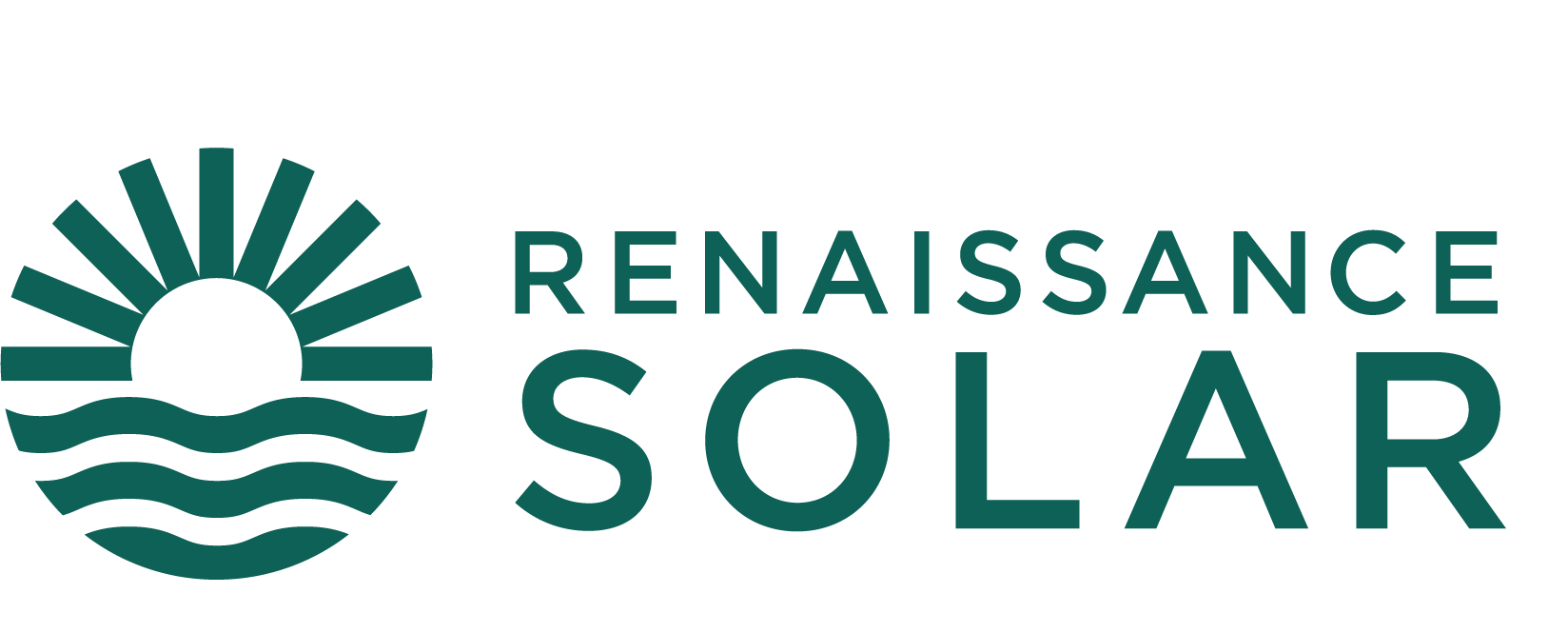Before we get into definitions, let’s look at a bit of inspiration when it comes to considering PV solar as an alternative energy source, compared to that of the expensive and unstable grid we’ve been forced to come to terms with in South Africa.
What you need in terms of getting the highest efficiency out of PV solar panels is at least 4 hours of peak sunlight, and nothing is easier to achieve than that in our beautiful country, where we average between 4.1 and 6.3 peak sun hours a day!
Of course, you’ll have a little more or a little less depending on where you’re situated in the country, but, nothing takes away from the fact that South Africa’s resources for solar energy is one of the highest in the world.
Nothing is perfect, and yes, your PV solar panels will produce less energy on cloudy days than on sunny, however, based on the reality of the figures above, you’ll have a reliable source of free electricity throughout the year, based purely on the energy of the sun!
By the way, Europe is way ahead of us in terms of reliance on solar energy, yet they experience, in comparison to our annual solar radiation average of 220 W/m2, only 100 W/m2!
Still want the PV solar definition? Well, let’s see how simplified we can get in our approach to this question, so that we leave the real nitty-gritty to the experts at Renaissance Solar!
PV Solar definition?
The term PV stands for photovoltaic, which is a fancy word for what happens when sunlight (photo = light) is converted into electricity (volt).
A single PV cell is very small, and on its own would only be able to produce a measly 1 or 2 watts of power, however, when many of these single PV cells are connected together in strings or chains, they then become the solar panels we see on the roofs of homes and businesses.
This connecting of strings or chains of the PV cells is what is designed to boost the power output of the PV solar panel.
These Photovoltaic cells are constructed of a variety of very thin semiconductor materials, with silicone being the most commonly used type of material.
On their own, these cells would never be able to withstand all that mother nature has to throw at them year in and year out, especially when you consider that a quality PV solar panel has a lifespan of upwards of 25 years, which is why they are kept safe in a sandwich of either glass or plastic, or a combination of both.
Once you’ve installed more than one PV solar panel, you’ll have the beginnings of a PV solar panel array, and depending on what you want out of your PV solar system, the more you have, the more solar energy you’ll be able to rely on.
In terms of designing a PV solar system that can meet with any level of electricity requirement, whether large or small, the sky is the limit, but, PV solar panels are simply one part of what will form a complete PV solar system.
Make PV solar simple with Renaissance Solar!
Let the seasoned team of solar experts at Renaissance Solar in Cape Town simplify your solar experience with their knowledge, which has come from supplying and installing quality PV solar systems in Cape Town since 2009.
Contact this team with your questions, hopes, dreams and budget for a future free from high electricity tariffs and a grid that cannot be relied on, and they’ll do all that’s possible to meet it all head on, and with integrity!
